Cumyl hydroperoxide

Cumyl hydroperoxide structure
|
Common Name | Cumyl hydroperoxide | ||
|---|---|---|---|---|
| CAS Number | 80-15-9 | Molecular Weight | 152.190 | |
| Density | 1.1±0.1 g/cm3 | Boiling Point | 225.1±0.0 °C at 760 mmHg | |
| Molecular Formula | C9H12O2 | Melting Point | -30 °C | |
| MSDS | Chinese USA | Flash Point | 56.1±0.0 °C | |
| Symbol |





GHS02, GHS05, GHS06, GHS08, GHS09 |
Signal Word | Danger | |
| Name | cumene hydroperoxide |
|---|---|
| Synonym | More Synonyms |
| Density | 1.1±0.1 g/cm3 |
|---|---|
| Boiling Point | 225.1±0.0 °C at 760 mmHg |
| Melting Point | -30 °C |
| Molecular Formula | C9H12O2 |
| Molecular Weight | 152.190 |
| Flash Point | 56.1±0.0 °C |
| Exact Mass | 152.083725 |
| PSA | 29.46000 |
| LogP | 2.63 |
| Vapour density | 5.4 (vs air) |
| Vapour Pressure | 0.1±0.4 mmHg at 25°C |
| Index of Refraction | 1.515 |
| Stability | Stable. combustible. Strong oxidizer. Incompatible with a variety of organic materials, reacting vigorously or violently with acids, reducing agents, many metals, strong alkalies. Heat sensitive, decomposing explosively. |
| Water Solubility | Slightly soluble |
CHEMICAL IDENTIFICATION
HEALTH HAZARD DATAACUTE TOXICITY DATA
MUTATION DATA
|
| Symbol |





GHS02, GHS05, GHS06, GHS08, GHS09 |
|---|---|
| Signal Word | Danger |
| Hazard Statements | H226-H242-H302 + H312-H304-H314-H331-H335-H373-H411 |
| Precautionary Statements | P210-P260-P280-P304 + P340 + P310-P305 + P351 + P338 + P310-P370 + P378 |
| Personal Protective Equipment | Faceshields;full-face respirator (US);Gloves;Goggles;multi-purpose combination respirator cartridge (US);type ABEK (EN14387) respirator filter |
| Hazard Codes | T:Toxic |
| Risk Phrases | R21/22;R23;R34;R48/20/22;R51/53;R7 |
| Safety Phrases | S14-S3/7-S36/37/39-S45-S50-S61-S14A-S26 |
| RIDADR | UN 3109 5.2 |
| WGK Germany | 3 |
| RTECS | MX2450000 |
| Packaging Group | II |
| Hazard Class | 5.2 |
| HS Code | 2909600000 |
| Precursor 8 | |
|---|---|
| DownStream 10 | |
| HS Code | 2909600000 |
|---|---|
| Summary | 2909600000 alcohol peroxides, ether peroxides, ketone peroxides and their halogenated, sulphonated, nitrated or nitrosated derivatives。Supervision conditions:None。VAT:17.0%。Tax rebate rate:9.0%。MFN tariff:5.5%。General tariff:30.0% |
|
Effects of curcumin and tannic acid on the aluminum- and lead-induced oxidative neurotoxicity and alterations in NMDA receptors.
Toxicol. Mech. Methods 25(2) , 120-7, (2015) Exposure to aluminum (Al) and lead (Pb) can cause brain damage. Also, Pb and Al exposure alters N-methyl-d-aspartate receptor (NMDAR) subunit expression. Polyphenols such as tannic acid and curcumin a... |
|
|
In vitro/in vivo screening of oxidative homeostasis and damage to DNA, protein, and lipids using UPLC/MS-MS.
Anal. Bioanal. Chem 406(22) , 5465-76, (2014) Multiple analytical methods are required to comprehensively assess oxidative homeostasis and specific damage to macromolecules. Our aim was to develop a straightforward strategy for the fast assessmen... |
|
|
Role of oxidative stress in Sclerotial differentiation and aflatoxin B1 biosynthesis in Aspergillus flavus.
Appl. Environ. Microbiol. 80(18) , 5561-71, (2014) We show here that oxidative stress is involved in both sclerotial differentiation (SD) and aflatoxin B1 biosynthesis in Aspergillus flavus. Specifically, we observed that (i) oxidative stress regulate... |
| 2-Phenyl-2-propyl hydroperoxide |
| Cumene hydroperoxide |
| 2-Phenylpropan-2-yl hydroperoxide |
| MFCD00002129 |
| 2-hydroperoxypropan-2-ylbenzene |
| Hyperiz |
| Trigonox R 239A |
| a,a-Dimethylbenzyl Hydroperoxide |
| a-Cumyl Hydroperoxide |
| 1-Methyl-1-phenylethylhydroperoxide |
| Kayacumene H |
| EINECS 201-254-7 |
| Percumyl H 80 |
| R 239A |
| Hydroperoxide, 1-methyl-1-phenylethyl |
| 2-Hydroperoxy-2-phenylpropane |
| Trigonox K 80 |
| Percumyl H |
| a,a-Dimethylbenzylhydroperoxide |
| a-Cumene Hydroperoxide |
| Trigonox R 239R |
| 1-Methyl-1-phenylethyl hydroperoxide |
| 2-Phenyl-2-propanyl hydroperoxide |
| Hydroperoxide, α,α-dimethylbenzyl |
 CAS#:98-82-8
CAS#:98-82-8 CAS#:98-83-9
CAS#:98-83-9 CAS#:3805-10-5
CAS#:3805-10-5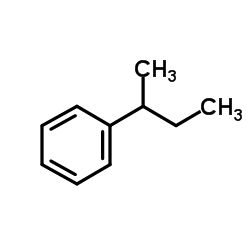 CAS#:135-98-8
CAS#:135-98-8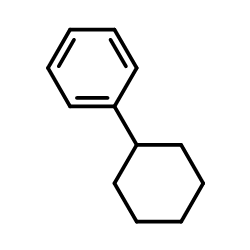 CAS#:827-52-1
CAS#:827-52-1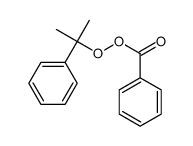 CAS#:7074-00-2
CAS#:7074-00-2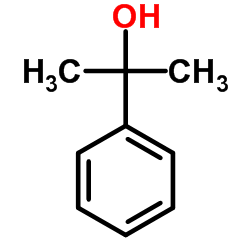 CAS#:617-94-7
CAS#:617-94-7 CAS#:70996-44-0
CAS#:70996-44-0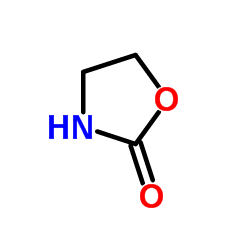 CAS#:497-25-6
CAS#:497-25-6 CAS#:3698-95-1
CAS#:3698-95-1 CAS#:34557-54-5
CAS#:34557-54-5 CAS#:6146-37-8
CAS#:6146-37-8 CAS#:34295-23-3
CAS#:34295-23-3 CAS#:98-95-3
CAS#:98-95-3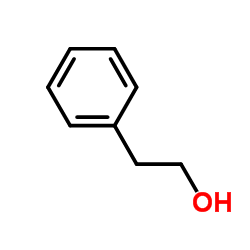 CAS#:98-85-1
CAS#:98-85-1 CAS#:98-86-2
CAS#:98-86-2 CAS#:108-94-1
CAS#:108-94-1
